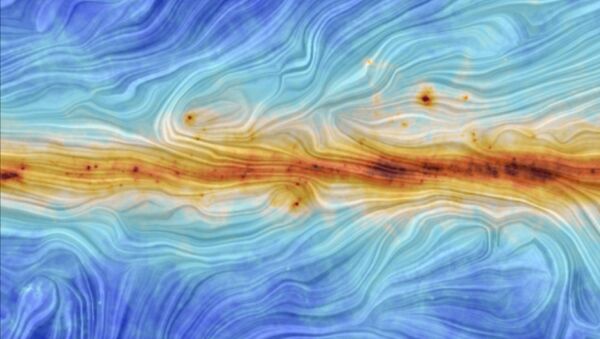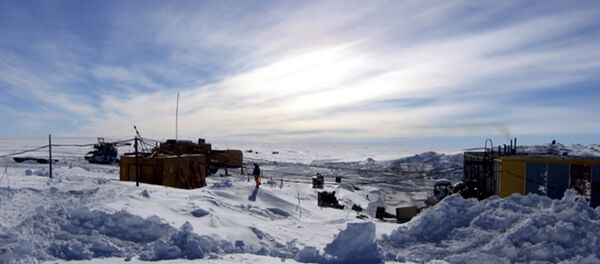"Despite earlier reports of a possible detection, a joint analysis of data from ESA's Planck satellite and the ground-based BICEP2 and Keck Array experiments has found no conclusive evidence of primordial gravitational waves," the European Space Agency (ESA) announced in a statement on Friday.
In March 2014 a team of researchers using the BICEP2 telescope in Antarctica announced they had spotted patterns of light in the sky consistent with B-mode polarisation, a curling pattern of twisted light caused by 'inflation', the period that immediately followed the Big Bang.
According to Big Bang theory, the early universe, which began 13.8 billion years ago, cooled from its initial high temperature as it expanded. The heat left over from the Big Bang, which was called Cosmic Microwave Background, is thought to still exist in the universe. The BICEP2 team claimed that it had caused the light patterns they observed over a three-year period.
The discovery had been hailed as a major advance in cosmology, and potentially one of the greatest of the 21st century. "It’s the smoking gun for inflation," said BICEP2 team leader Clem Pryke of the University of Minnesota last March. However, in May of last year, Scientific American reported that there were growing doubts in the scientific community about the results, which have now been disproved by the latest joint analysis.
Physicists are, however, still optimistic about the chances of finding inflation. "While we haven't found strong evidence of a signal from primordial gravitational waves in the best observations of CMB polarisation that are currently available, this by no means rules out inflation," explained the principal investigator of the LFI instrument on Planck, Reno Mandolesi from the University of Ferrara.
“The gravitational wave signal could still be there, and the search is definitely on,” declared the scientists.



